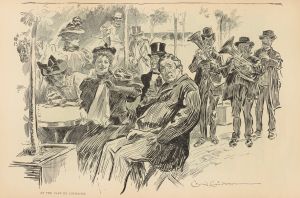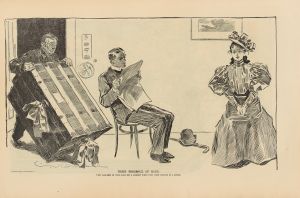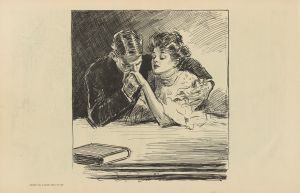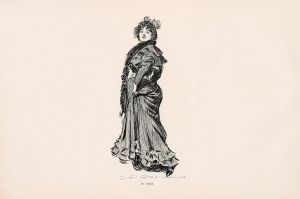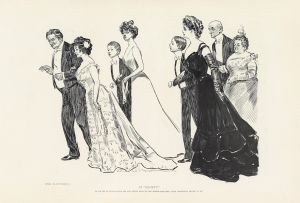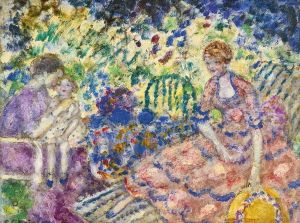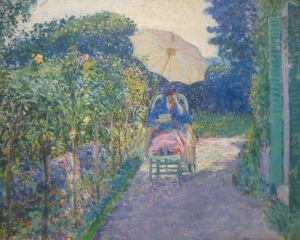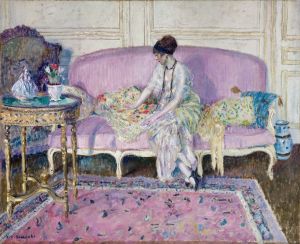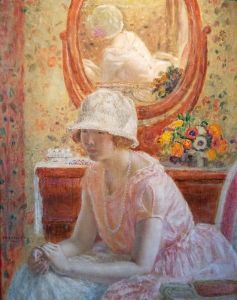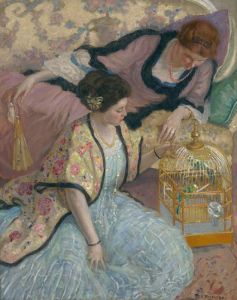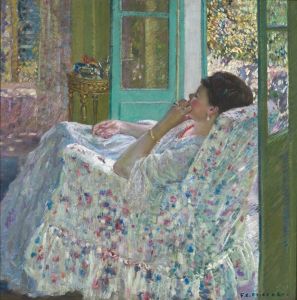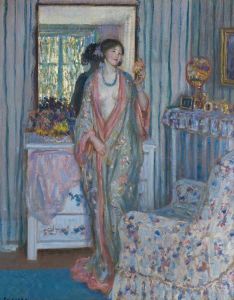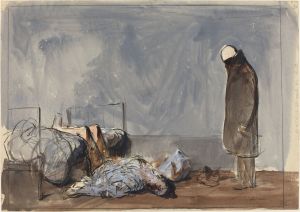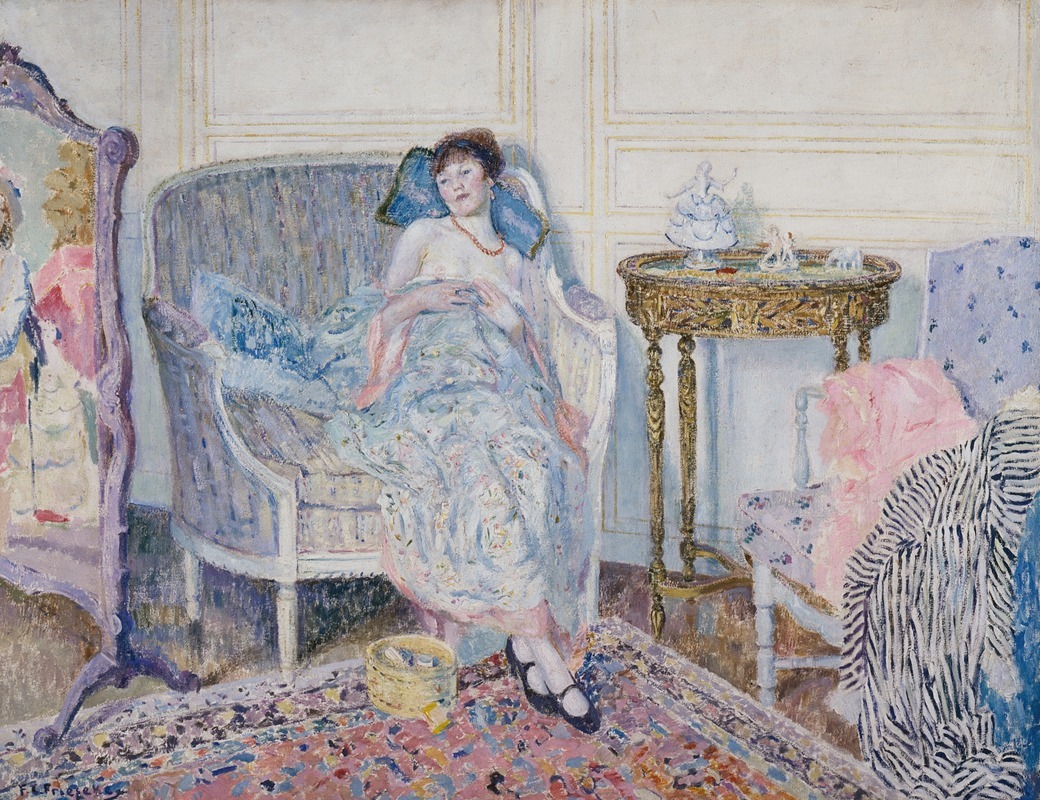
In the Boudoir
A hand-painted replica of Frederick Carl Frieseke’s masterpiece In the Boudoir, meticulously crafted by professional artists to capture the true essence of the original. Each piece is created with museum-quality canvas and rare mineral pigments, carefully painted by experienced artists with delicate brushstrokes and rich, layered colors to perfectly recreate the texture of the original artwork. Unlike machine-printed reproductions, this hand-painted version brings the painting to life, infused with the artist’s emotions and skill in every stroke. Whether for personal collection or home decoration, it instantly elevates the artistic atmosphere of any space.
Frederick Carl Frieseke was an American Impressionist painter, known for his depictions of women in intimate settings, often bathed in natural light. One of his notable works is "In the Boudoir," which exemplifies his style and thematic focus. Frieseke was part of the Giverny Colony, a group of American artists who worked in the village of Giverny, France, where Claude Monet lived and painted. This environment greatly influenced Frieseke's work, as he adopted the Impressionist focus on light and color.
"In the Boudoir" is a painting that captures a serene and private moment, typical of Frieseke's interest in domestic and personal spaces. The painting portrays a woman in a boudoir, a private sitting room or bedroom, which was a common theme in Frieseke's work. He often depicted women in such intimate settings, engaged in everyday activities like reading, dressing, or simply relaxing. This focus on the female figure in a personal space reflects both the Impressionist interest in capturing modern life and Frieseke's personal artistic interests.
The composition of "In the Boudoir" is characterized by its use of light and color, hallmarks of Frieseke's style. He was known for his ability to capture the effects of sunlight streaming through windows, creating patterns and highlighting textures within the room. The interplay of light and shadow in the painting adds depth and dimension, while the soft, pastel colors contribute to the overall sense of tranquility and intimacy.
Frieseke's technique involved loose brushwork and a vibrant palette, which he used to convey the atmosphere and mood of the scene. This approach aligns with the Impressionist movement, which emphasized the depiction of light and its changing qualities, often focusing on ordinary subject matter. Frieseke's work, including "In the Boudoir," reflects these principles, as he sought to capture the fleeting moments of everyday life with sensitivity and nuance.
The subject matter of "In the Boudoir" also reflects the cultural and social context of the early 20th century. During this period, there was a growing interest in the private lives of women and the exploration of femininity. Frieseke's paintings often explore these themes, presenting women in moments of introspection and leisure, away from the public eye. This focus on the private sphere offers a glimpse into the changing roles and perceptions of women during this time.
Frederick Carl Frieseke's contribution to American Impressionism is significant, as he brought a unique perspective to the movement through his focus on intimate, domestic scenes. "In the Boudoir" is a testament to his skill in capturing the subtleties of light and atmosphere, as well as his interest in the personal and private aspects of life. The painting remains an important example of Frieseke's work and continues to be appreciated for its beauty and insight into the Impressionist exploration of modern life.





